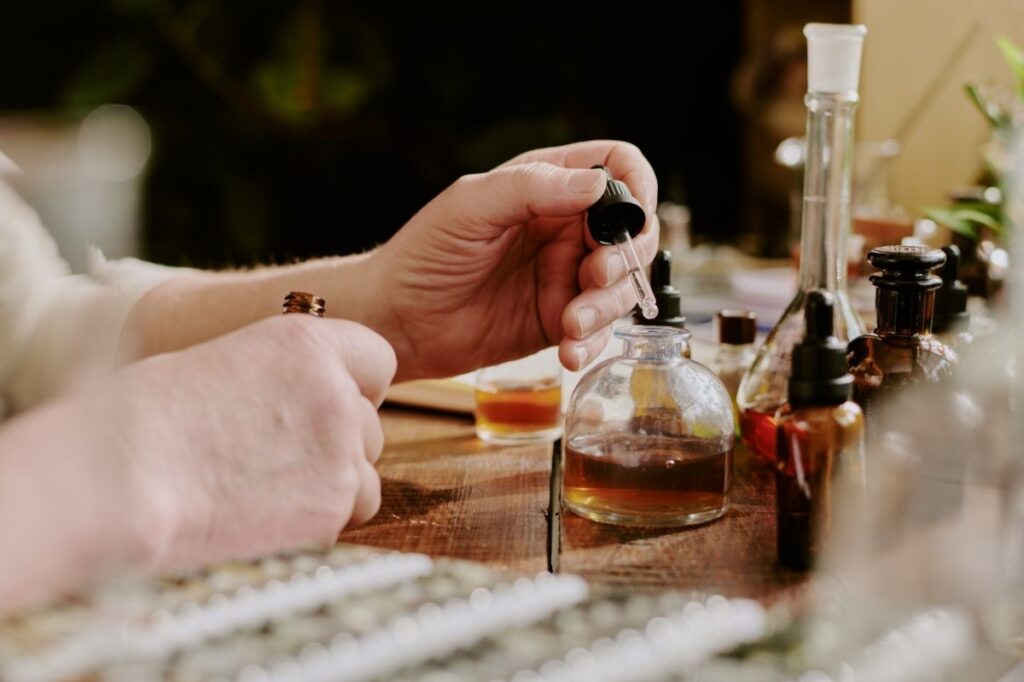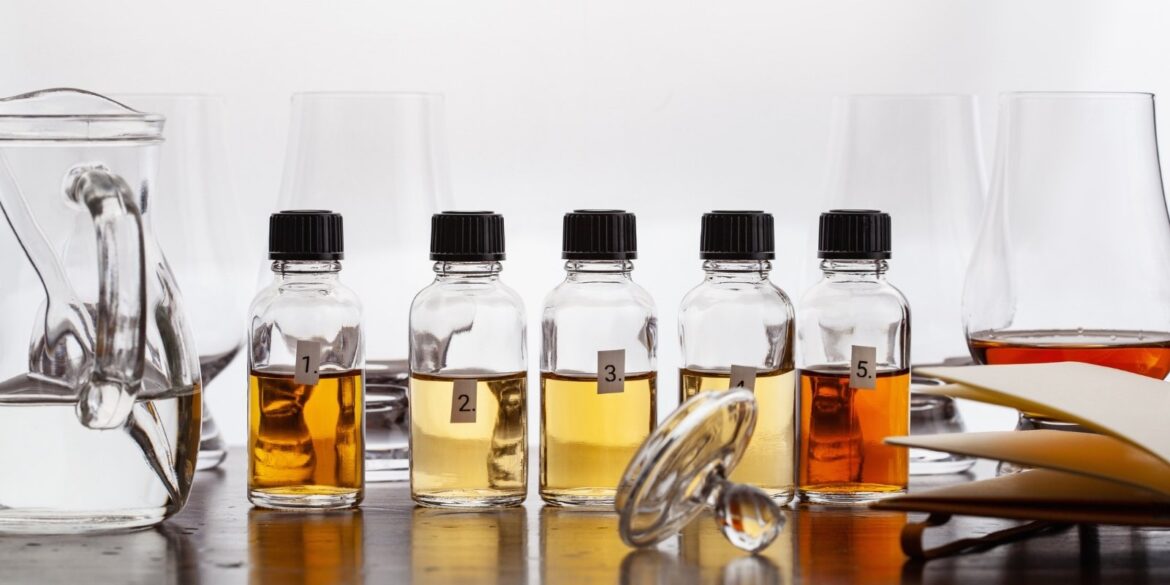Most people don’t realize it, but alcohol plays a huge role in perfumes. It helps carry, lift, and spread the fragrance beautifully on your skin. Without it, perfumes would lose the proper build-up and layering of notes. When did it all start, and how does it work?
The use of alcohol in perfumes goes way back to ancient Egypt, Mesopotamia, and early Chinese civilizations. However, it wasn’t until the 12th century, thanks to Arab innovations, that the process of alcohol distillation became established.
By the 1300s, Europe caught on. Queen Elizabeth of Hungary even got her own custom fragrance, Eau de la Reine de Hongrie (the Queen of Hungary’s Water). The oldest surviving recipes call for distilling fresh rosemary and thyme with brandy, while later formulations contain wine, lavender, mint, sage, marjoram, costus, orange blossom, and lemon.
How Does It Work?
The alcohol used in perfumes, usually ethanol, is made through a two-step process: fermentation and distillation. First, during fermentation, yeast is added to natural sources of sugar, such as fruits, grains, or plants. The yeast “eats” the sugars and, in return, produces alcohol along with carbon dioxide.
This creates a liquid with a low alcohol content. Next comes distillation, where this liquid is gently heated. Since alcohol boils at a lower temperature than water, it turns into vapor first. This vapor is then collected, cooled, and converted back into a liquid form, now with a significantly higher alcohol content. Finally, the alcohol is purified to remove any impurities or unwanted substances, making it safe and suitable for use in perfumes and other products.
Types of Alcohol You’ll See in Perfumes

Here are the main types you might see in perfumes:
- Denatured Alcohol: Not safe to drink, but some types (like SD-40B) are safe for skin and used in perfumes.
- Perfumer’s Alcohol: A mix of alcohol and additives, commonly used by both pros and beginners.
- Formulator’s Alcohol: A blend of ethanol and glycol, good for making all kinds of sprays.
- Rubbing Alcohol: Big no for perfumes. It smells strong, dries out skin, and doesn’t blend well.
- Grain Alcohol: Made from fermented grains. If organic, it’s a top choice for natural perfumes.
- Bioethanol / Cane Alcohol: Plant-based, odorless, and eco-friendly, perfect for sensitive noses.
- Corn Alcohol: Neutral scent, often used in most commercial perfumes. It’s gluten-free and clean.
What Alcohol Actually Does in a Perfume
- Acts as a Solvent
Alcohol helps mix the perfume oils, allowing you to spray them on your skin without irritation. - Helps the Scent Evolve
Alcohol evaporates quickly, allowing your perfume to transition from top notes to heart notes to base notes over time. - Carries the Scent
Alcohol lifts the fragrance into the air, creating the “scent trail” that follows you around. - Preserves the Perfume
Ethanol keeps bacteria out and helps the scent stay fresh longer. - Supports Fixatives
Alcohol works with fixative ingredients (like sandalwood or vetiver) to make your perfume last. - Keeps Things Safe
Alcohol helps balance the formula, making it safe for your skin, and labels clearly indicate the ingredients inside. - Controls Fragrance Strength
More alcohol = lighter scent. Less alcohol = stronger scent. That’s the difference between Eau de Parfum and Eau de Toilette. - Makes Perfume Easy to Use
Alcohol dries quickly, doesn’t feel greasy, and makes applying perfume a breeze.
Alcohol is the backbone of modern perfumery. It helps your favorite scent unfold on your skin, makes application easy, and keeps it smelling fresh. While there are plenty of alcohol-free options, alcohol in perfumes isn’t necessarily a bad thing and plays a vital role. After all, it’s there for a reason.




